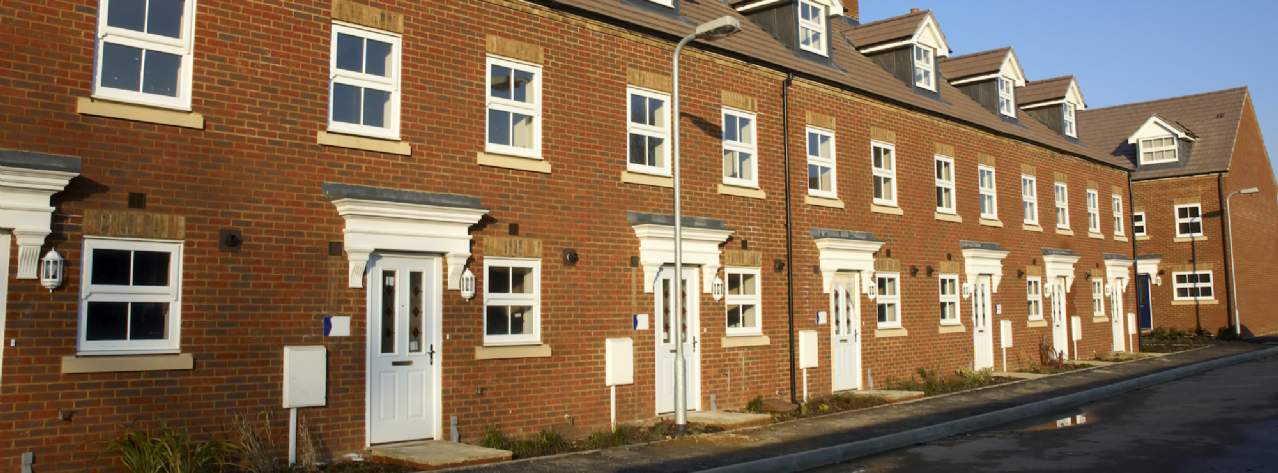Help to Buy (HtB) is scheduled to end in March 2023 after eight years of helping people purchase newly built homes. As of April 2021, the Government restricted the scheme to First Time Buyers (FTBs) and introduced regional price caps, but when the scheme ends there will undoubtedly be a big hole to fill in order to continue to support transaction levels.
Over 31,000 properties have been bought in London using the scheme since its inception in 2013. Of these, 96 per cent have been for FTBs, with the 5 per cent deposit providing a solution to one of the main barriers to buying a home in London.
The annual number of Help to Buy sales is currently at its highest ever level, with 6,804 sales in the year to Q1 2021, boosted by the stamp duty holiday. The scheme has another 18 months before it ends but there are already a number of alternative schemes that could replace some of the demand left by HtB.
The next five years
Taking into account the potential replacement schemes for HtB, we have put together London new build sales forecasts for the next five years (on schemes with more than 20 private homes).
We expect there to be a spike in sales in 2022 as a combination of pent-up demand from the last 18 months and the last full year of HtB provides incentive to purchase. After Q1 2023, our assumption is that 60 per cent of current HtB users continue to buy new build homes, as per the finding in the 2018 Williams & Whitehead paper on HtB additionality. The range of new schemes discussed below suggests that this assumption can be met.
While this would mean a drop off in sales rates from the 2022 peak, the following three years are expected to see sales numbers similar to between 2016-2018.
What are the alternatives?
First Homes
The Government’s new flagship affordable home ownership scheme will offer new homes at a discount of at least 30 per cent compared with the market price, with this discount being passed on to future sales. First Homes must be below £420,000 in Greater London and have to be sold to FTBs with a household income below £90,000. Local authorities will prioritise key workers for First Homes. See our full note on First Homes here.
However, this scheme is still in its infancy. It’s not yet clear how many First Homes will be available for people to buy and unclear how many developers have started factoring it into their appraisals. Savills Research has found that for a two-bed First Home, only 12 per cent of households in London have income levels that are high enough to buy the home with a 30 per cent discount.
Shared Ownership
Households buy a share of a home and then pay rent on the remaining share to a housing association. Since the purchaser only needs to pay a mortgage on the share that they own, deposit requirements are even lower than that of HtB. ‘Staircasing’ allows the buyer to increase their share of the property over time all the way up to owning 100 per cent of the property.
An average of 2,500 Shared Ownership homes have been delivered per year in London in the five years to 2019/20, though starts on site have picked up in the last three years, averaging just under 7,000 a year.
Mortgage indemnity products
Lenders can insure their mortgages in case the buyer falls behind on their mortgage payments. They’ll also have some cover if the property is sold for less than the value of the mortgage. Lenders will pass the cost of this insurance onto the borrower, which may make it harder for some households to afford.
‘Deposit Unlock’ is one example of a mortgage indemnity scheme already on the market offering 95 per cent loan-to-value (LTV) mortgages on new build properties. Following a pilot scheme with Newcastle Building Society and Linden Homes, Nationwide is the latest lender to sign up alongside housebuilders such as Barratt, Bellway, Keepmoat, and Vistry.
‘Market Mortgage’ is another private-sector product that brings together house builders, lenders and an investment bank to provide 95 per cent LV mortgages. Under the scheme, the lender provides a loan of 85 per cent LTV, while the investment bank tops up the additional 10 per cent and house builders make a contribution on every transaction. It already has some large housebuilders backing it, including Persimmon, Bellway and Barratt.
Some of these products have been on the market for a number of years but have seen demand struggle to compete with that of HtB. When HtB does end, a combination of these private and intermediate products will help provide affordable routes onto London’s housing ladder.
Before HtB existed, a selection of developers or housebuilders offered equity loans or part-buy part-rent products. Even during HtB we saw innovation from Galliard Homes with HtB Option Scheme and Weston Homes with First-Time secure buy, which both allow buyers to commit off-plan with £500 reservation fee and 5 per cent deposit.
Another solution to address buyer affordability can be seen by Barratt Homes, which has delivered a new compact product at its site in Harrow, using creative storage and clever design, including fitted furniture, to help maximise space and keep capital values affordable.
There is no sign that HtB will be extended by the Government, therefore the need is great for further innovation and new ideas from developers to support new home sales in a post-HtB world.
Further information
Anticipated rise in demand in 2022 for homes available with Help to Buy

.jpg)
.png)



.jpg)


.jpg)
